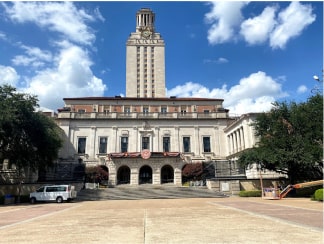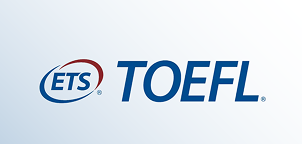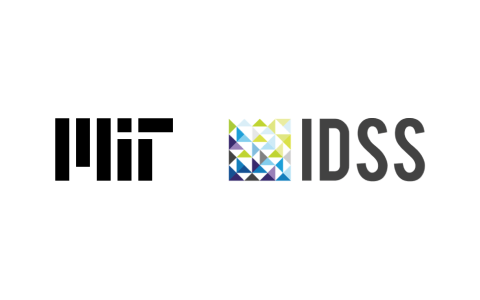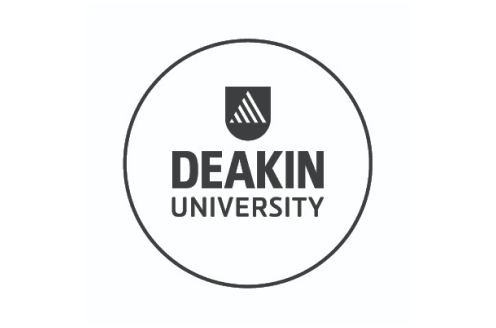Data Science with Python
Learn Data Science with Python from basics in this free online training. This free data science with python course is taught hands-on by experts. Learn about basics of Statistics, Descriptive statistics & a lot more.

Ratings
Level
Learning hours

Learners
Skills you will learn
About this course
This Data Science with Python course is designed to equip you with skills to work with Python Programming to achieve Data Science tasks. You will be knowledgeable about the concept of statistics in detail, followed by a case study demonstration. You will then understand data transformation, different types of distributions, and histograms. You will further learn Python programming to understand some essential libraries of Python, such as NumPy, Pandas, Matplotlib, and Seaborn. This course will also teach regression models, data analytics, and data visualization concepts. Test the knowledge you gain from this course by completing the quiz and receiving a course completion certificate.
Enroll in Great Learning’s Data Science Certificate Courses to become an accomplished expert in the domain.
Course Outline
You will be introduced to statistics which comes with data problems, whereas machine learning is used to solve these problems in this first module of the course. The tutor also discusses some real-life scenarios of problems occurring with the data in statistics. Later you will understand three steps to process the information such as descriptive, predictive, and prescriptive.
Descriptive statistics means describing the data without necessarily trying to build any prediction or model into it. In this module, the tutor will help you understand descriptive statistics by giving real-life examples. Next, you will learn the term random variable. Lastly, the tutor will familiarize you with the Cardio Good Fitness case study, which will be the main objective of the next module.
In this module, the tutor will help you to understand descriptive statistics with the help of a case study on Cardio Good Fitness. The case study will be carried out in Jupyter Notebook. You will also understand the descriptive analytics required to create customer profiles for the organization Cardio Good Fitness. You will learn briefly about the problem statement and how you can derive the solution using Numpy and Pandas libraries in the Jupyter notebook.
This section describes measures of central tendency by formulating to solve for the previously mentioned example. It also analyzes various metrics of the solution through graphs.
This section describes the standard deviation by formulating to solve for it. It explains the relative tendency towards the most accurate solution through the derived observation. You will also learn to work with code in the Jupyter notebook to understand this better. You will also learn to graphically represent the observation, about data, and metadata in the later part of this section.
 UPGRADE
UPGRADE
Recommended university programs
What our learners enjoyed the most
Skill & tools
64% of learners found all the desired skills & tools
Frequently Asked Questions
Will I receive a certificate upon completing this free course?
Is this course free?
What are the prerequisites required to learn this Data Science course?
Having a basic understanding of Python would help you learn the concepts better. However, the course is specially designed for beginners in Data Science, and any enthusiast can enroll and take benefit from this course.
How long does it take to complete this free Data Science course?
The course contains video content of 11 hours of duration that you can finish at your own pace. This online Data Science with Python course is self-paced, and you can finish the modules whenever you want.
Will I have lifetime access to the free course?
Yes, this course has lifetime access, and you can study this course at any time of your convenience. This course doesn’t have restrictions over time, and you can access this course anytime.
Data Science with Python Course
Data Science with Python has become one of the most popular courses in many universities and colleges. The course provides an introduction to the tools and techniques of data science, which is a field of study that uses mathematical and computational techniques to analyze and visualize data. This course is designed to give students the knowledge and skills to use Python for data science applications. This course will cover a variety of topics related to data science with Python, including descriptive statistics, understanding distributions and plots, univariate statistical plots and usage, bivariate and multivariate statistics, intro to Python, variables, datatypes and strings in Python, relationship between independent variable and target variable, linear regression assumptions, sigmoid curve and logloss function.
The course is designed to help students understand the fundamentals of data science with Python. The first part of the course focuses on descriptive statistics, which is used to summarize and explain data. It will cover topics such as measures of central tendency (mean, median, mode), measures of variability (range, variance, standard deviation), and measures of skewness and kurtosis. Students will learn how to use graphical methods to visualize data, such as histograms, boxplots, and scatterplots.
The second part of the course will cover univariate and bivariate statistics. Students will learn about the relationship between two variables, such as correlation and regression. They will also learn about hypothesis testing and how to use the t-test and chi-squared test to assess the relationship between two variables.
The third part of the course focuses on intro to Python, variables, datatypes and strings in Python. Students will learn the basics of Python, such as variables, datatypes, and strings. They will also learn how to use the Python programming language to manipulate data, such as creating functions, reading and writing data, and performing basic calculations.
The fourth part of the course focuses on the relationship between independent variable and target variable. This section will cover linear regression assumptions and how to interpret the coefficients and p-values of the regression equation. Additionally, students will learn about sigmoid curves and logloss functions.
The fifth part of the course focuses on data visualization with Python. Students will learn how to create different types of visualizations, such as line plots, bar graphs, and scatter plots. They will also learn about the principles of effective data visualization and how to create interactive visualizations using Python.





























.jpg)
.jpg)














